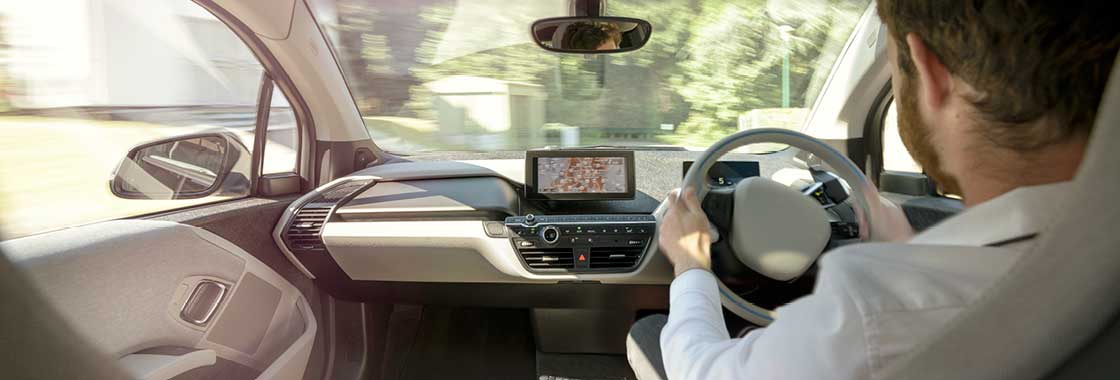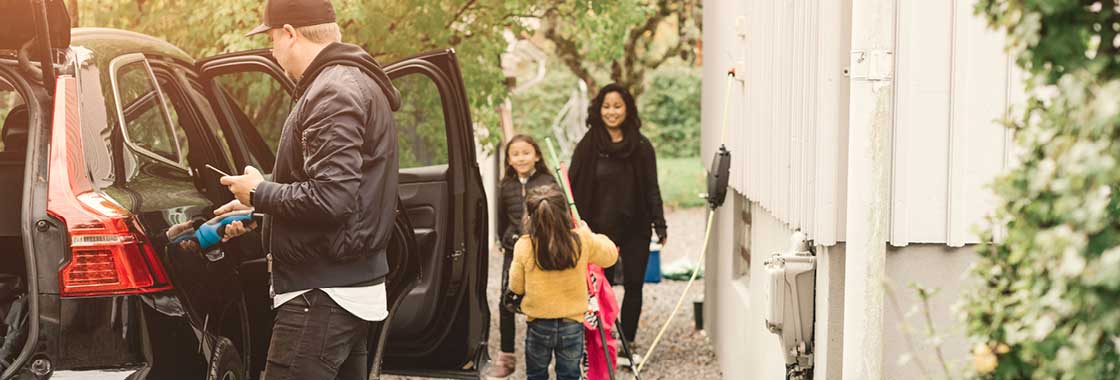All this is happening while the federal government puts a plan in place to make electric cars more affordable and accessible for everyday Australians. This plan would help get more people behind the wheel of an EV.
In April 2023, the federal government announced the release of the National Electric Vehicle Strategy (NEVS).
The aim of this strategy is to increase the uptake of EVs to help reduce emissions while improving the well-being of all Australians.
To achieve this, the government plans to make it easier for more electric cars to enter the country, particularly affordable ones. Access to affordable EVs is needed to help more drivers consider making the switch to cleaner electric cars.
The NEVS has a focus to get more resources to build the infrastructure needed to support more electric cars on the road.
This would mean more fast chargers along major highways to help electric car owners charge up during road trips.
According to the latest data on the fast-charger rollout from carloop, Australia already has over 500 active fast-charging locations across the country.
The new strategy will help put more charging stations in the ground so car owners can travel further with electric cars.
By having both affordable EVs and more fast chargers, the new strategy aims to encourage more drivers to switch to an electric car.

